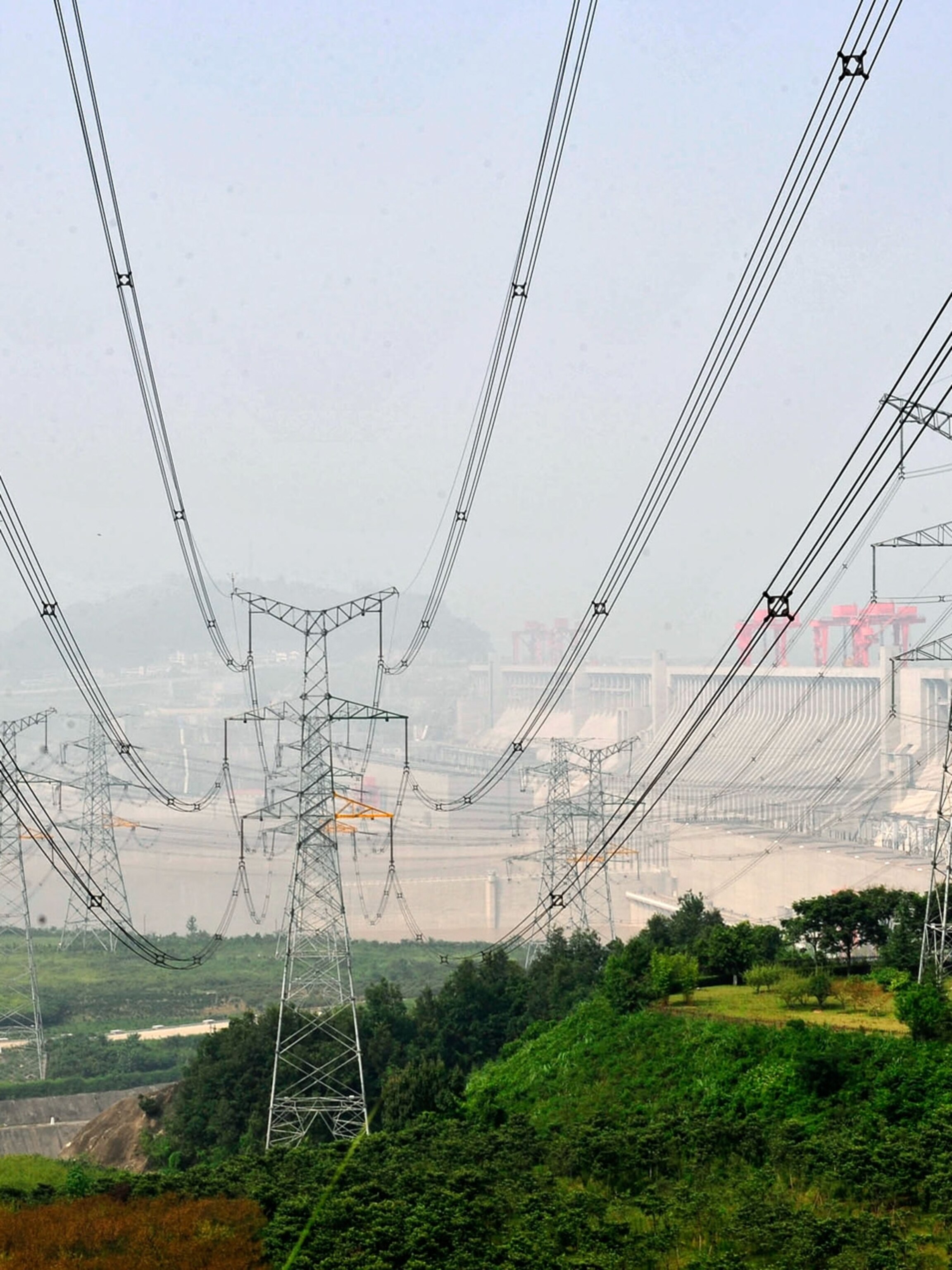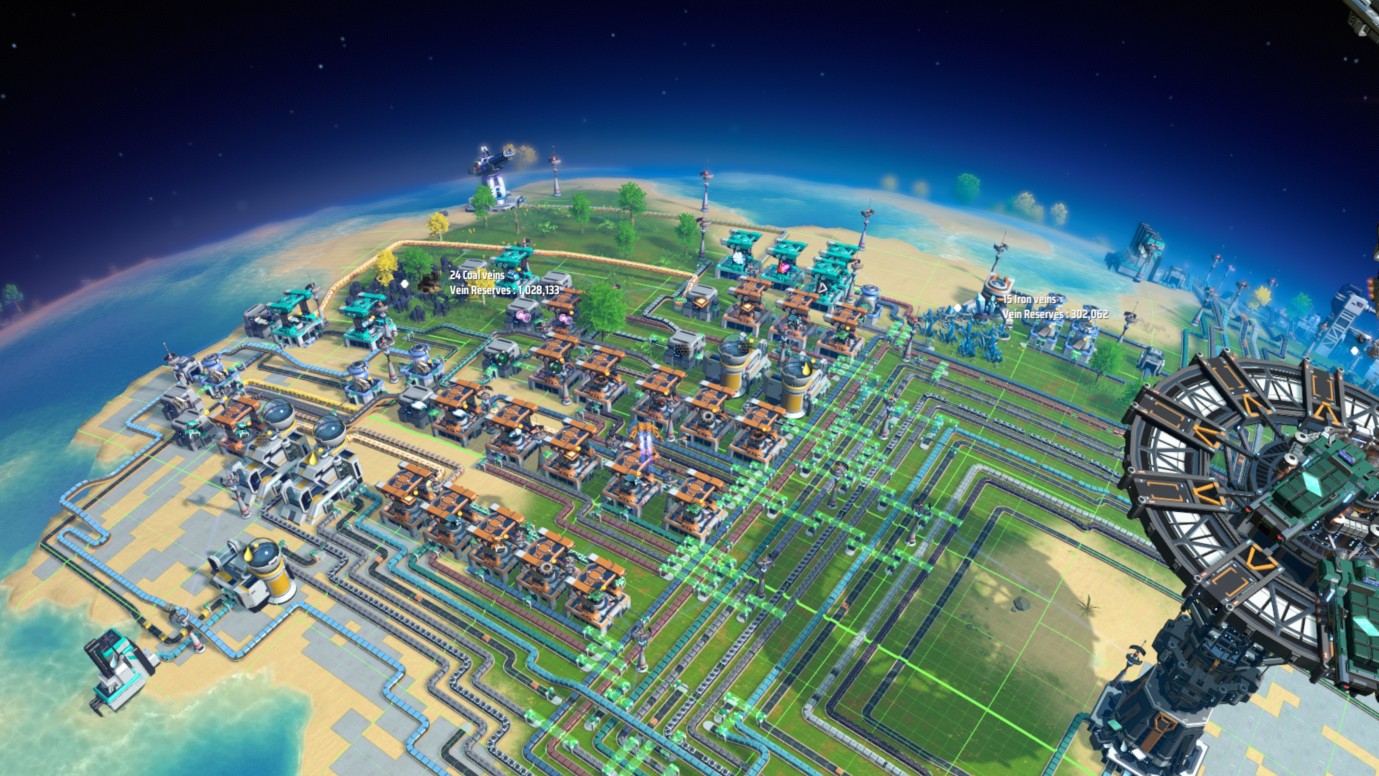
#HOW DO ICONNECT A NEWWAREA TO APOWER GRID IN WAR PLANET SERIES#
The partial test ban treaty of 1963 meant that the Fishbowl series were the last live explosion high-altitude tests by the United States, but the potential of using a nuclear weapon blown up high in the sky to disable electronics became a dedicated part of nuclear war planning for ever afterward.īy the 1970s, EMP effects were fully incorporated in the U.S. The electromagnetic pulse was far-reaching, shutting down some streetlights in Oahu almost 900 miles away from the detonation.

The most famous of these, Starfish Prime, was detonated at nearly 250 miles above the planet’s surface. High-altitude nuclear EMPs were discovered as part of the atmospheric Operation Fishbowl testing series in 1962. Why, after obtaining a nuclear weapon, would they not simply use the blast to kill hundreds of thousands of people directly? Franks argued that the American dependence on modern technology poses a unique vulnerability enemies might exploit, unlike the common vulnerability every human being has to their flesh being disintegrated by fire and heat. This Rube Goldberg-style fear is dependent not only on a catastrophic failure of intelligence, but also on the group in possession of the nuke exercising a strange logic themselves.

Then, that terrorist group uses the missile to loft a nuke into space above the United States, detonating it, causing an electromagnetic pulse that wipes out electronics across the country. The logic goes like this: A nonstate actor simultaneously in possession of a nuclear weapon, a missile, and a freighter brings all three close to a port in the United States. Trent Franks argued before Congress in 2012 that terrorists might acquire and then use a nuclear weapon to create an EMP. That hasn’t stopped it becoming a perpetual bugbear of strategists. Department of Defense absolutely requires hardening for military electronics critical to nuclear command and control, while standards exist to harden other electronics, as well as civilian infrastructure that the military depends on for non-nuclear threats. Hardening electronics, with special shielding that directs current around sensitive parts of machines, has been a staple of nuclear weapon design for decades. Once understood, the problem of nuclear weapons disabling other nuclear weapons was solved, primarily, by engineering around the known parameters of EMPs.

This was called “ warhead fratricide,” and researchers at the Lawrence Livermore National Laboratory ran Monte Carlo simulations to estimate the odds. Strategic planning called for multiple warheads to obliterate a city, and the engineers were worried about what might happen if the first nuke to explode disabled the electronics inside the other warheads, causing them to land inert instead. Later nuclear tests would look at the way this pulse risked disabling other warheads in flight, and what would happen if a warhead was detonated so high above Earth that the pulse was its primary effect.įor the early planners of the apocalypse, the greatest risk posed by an EMP was to nuclear warheads themselves. Enrico Fermi of the Manhattan Project hardened sensors at the Trinity test site so that the detonation would remain useful science. Doing so obscures the history-and misunderstands the dangers.ĮMPs were anticipated before they existed. These EMP-specific fears are wholly divorced from the normal risk calculations of a war between nuclear-armed states and the threat of nuclear oblivion.

These groups continue a decadelong tradition of obsession over EMPs, one President Donald Trump and others have picked up on. What is peculiar about these pulses, often referred to as EMPs, is the way the side effect of a nuclear blast is treated as a special threat in its own right by bodies such as the Task Force on National and Homeland Security, which, despite the official-sounding name, is a privately funded group. The electromagnetic pulse that comes from the sundering of an atom, potentially destroying electronics within the blast radius with some impact miles away from ground zero, is just one of many effects of every nuclear blast. Amid the rubble, the radiation, the fire and ruin and mass death, fried electronics were barely noticed. If no specific attention was paid to the particular way that part of a nuclear blast interacts with the electrical grid, it is because the effect of the weapon was total and horrific. In the days and months after the blast, the first use of a nuclear weapon in war, electrical power remained out in the city. It is hard to pinpoint what, specifically, the electromagnetic pulse did to the electronic infrastructure of Hiroshima, Japan, on Aug.


 0 kommentar(er)
0 kommentar(er)
